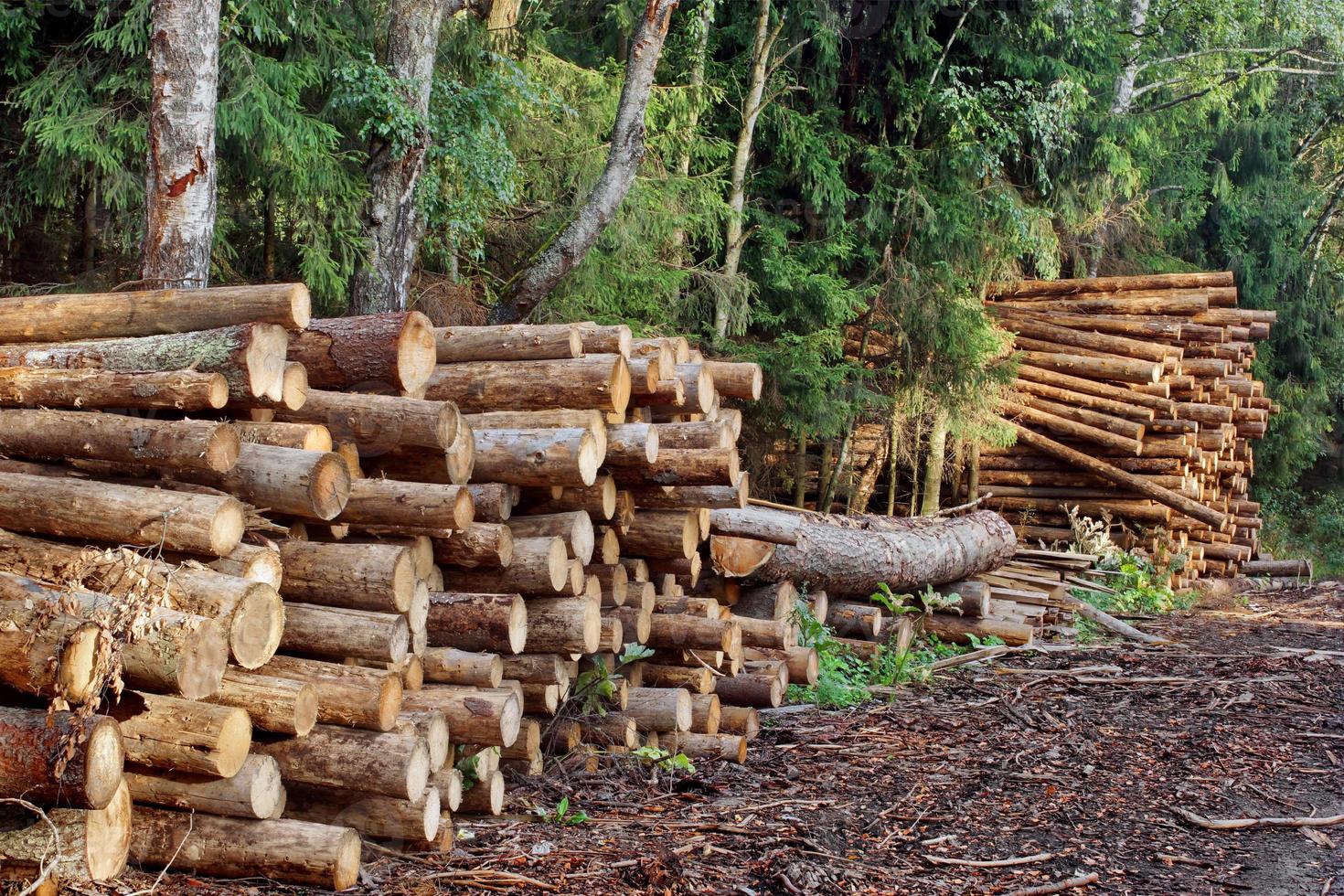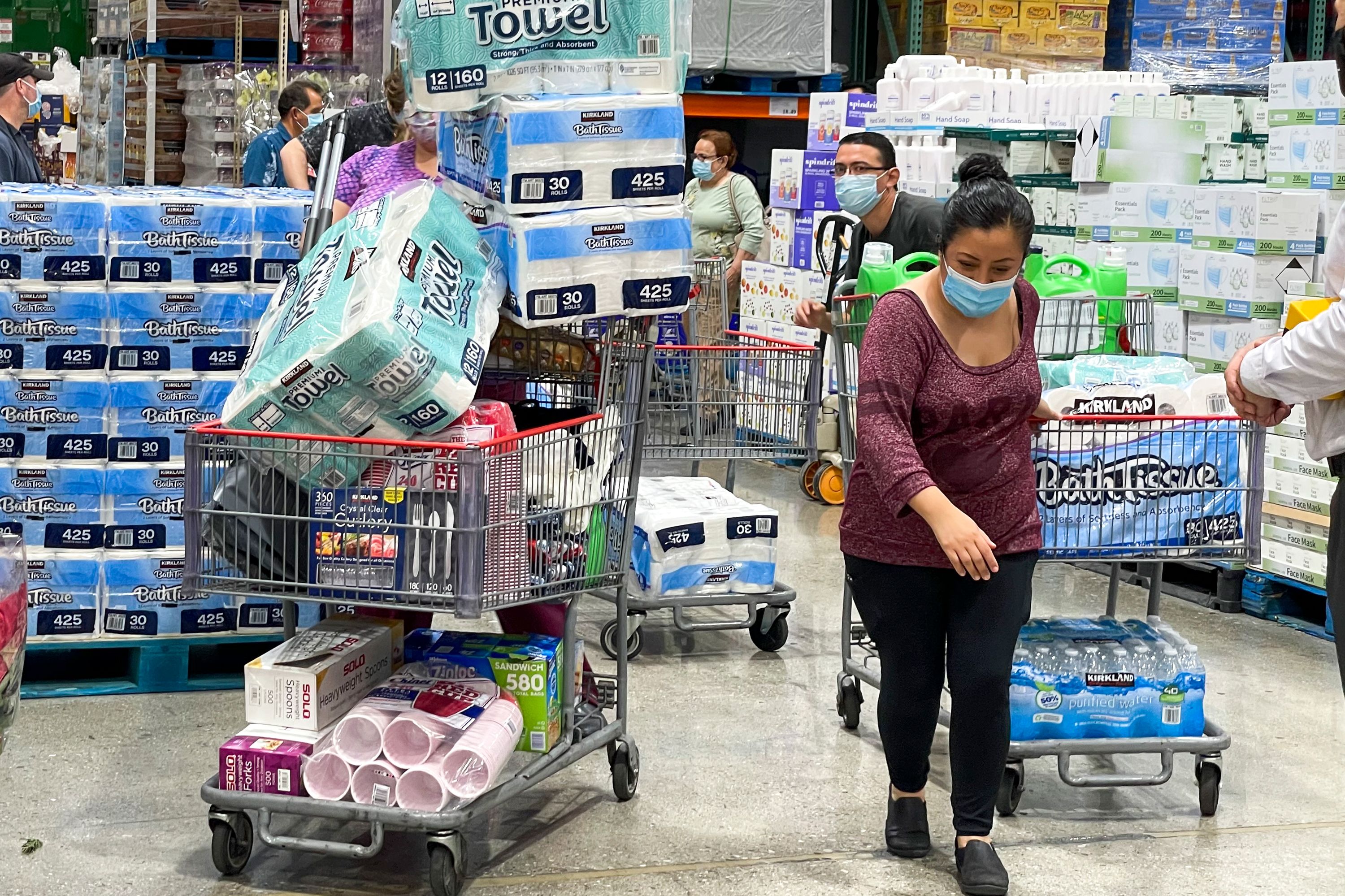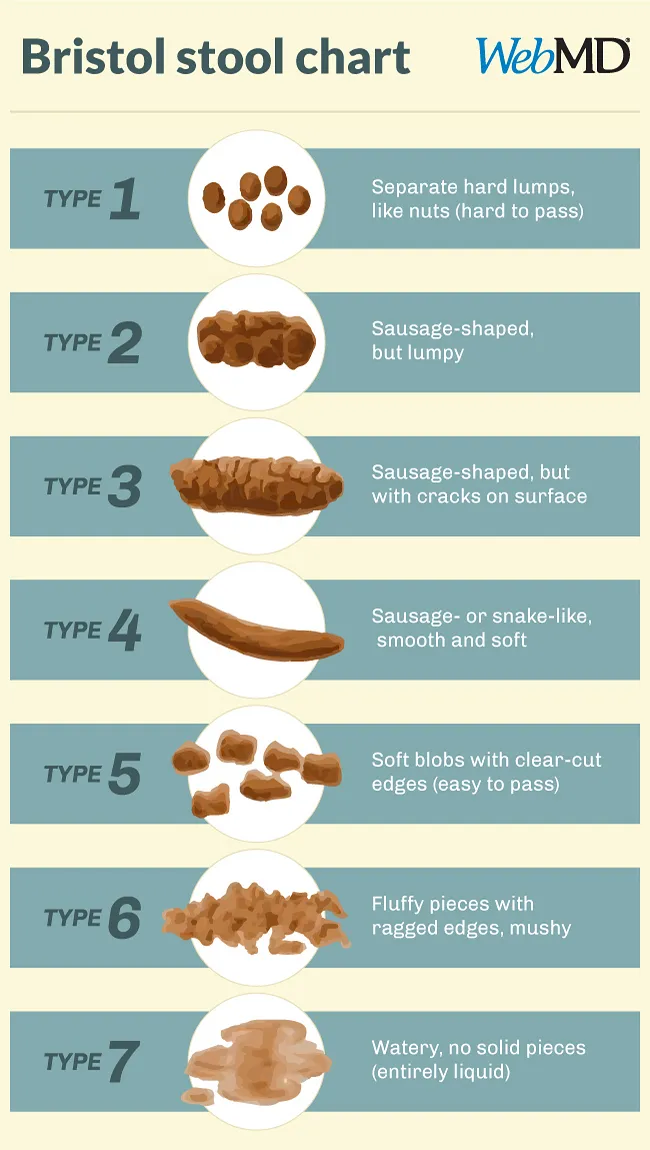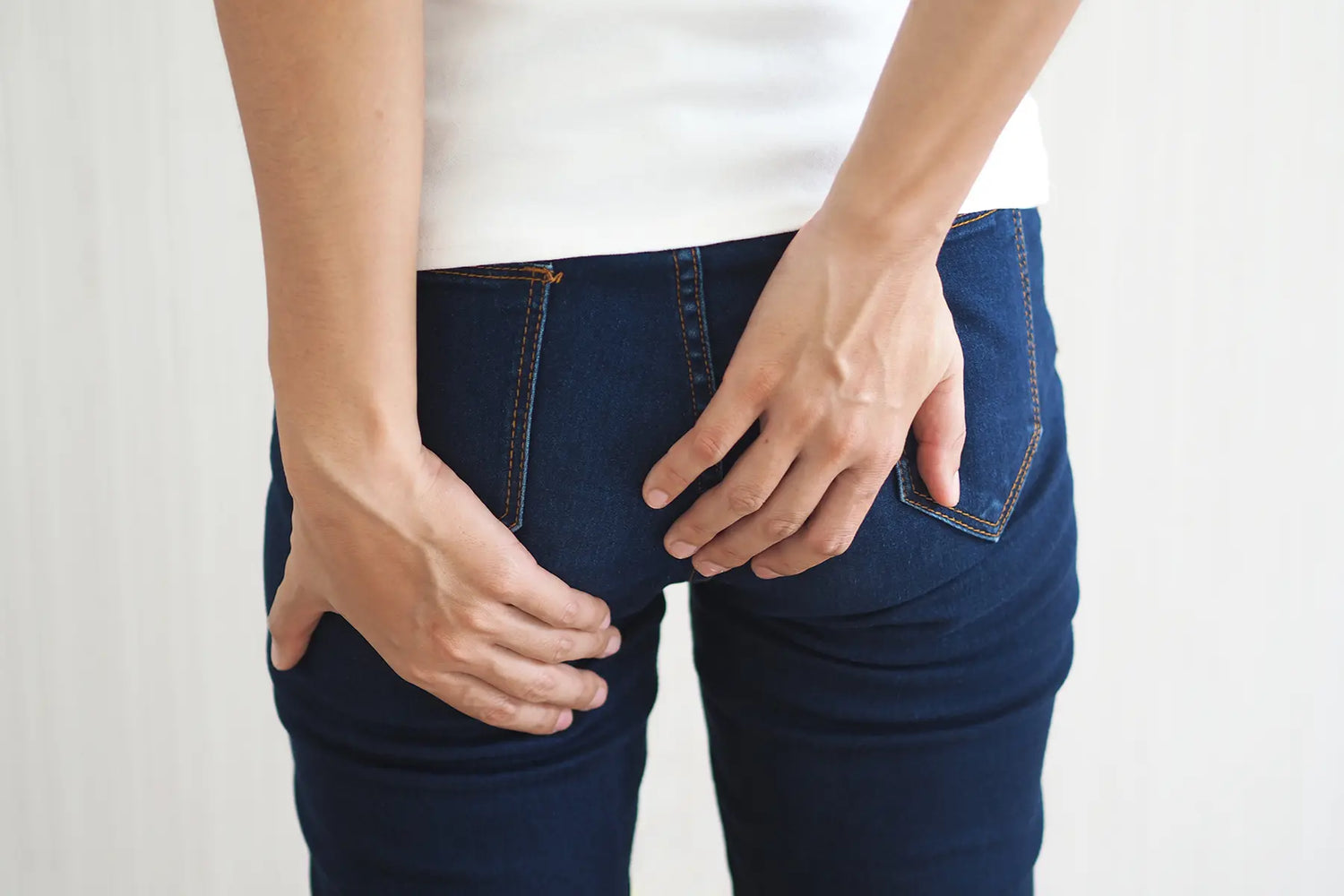Before we get into the good stuff, though, let’s talk about something we don’t think about enough: how much toilet paper we actually use? How many rolls do you go through in a week? Now, think about the amount of toilet paper we all flush away each day. Have you ever stopped to consider the money spent on those rolls—or, worse, how many trees are cut down just to keep our tushies clean?
We all do it. We all need to. And let’s be honest—there’s nothing more satisfying than a smooth, easy bathroom experience. Maybe pooping is one of those topics that’s often brushed under the rug (or maybe flushed down it, if you will). But what if I told you that your pooping game could level up big time with a few simple tweaks?
It’s a bit mind-blowing, isn’t it? But here’s the good news: you can make a massive difference with just a few simple changes to your bathroom routine.
How Much Toilet Paper Are We Using?
Let's put it into perspective: 27,000 trees are cut down daily just for our wiping needs. Each tree produces about 800 rolls, but with the average person using 141 rolls annually, one tree only covers 5-6 people per year. That's a terrible deal for our forests!

The Great Toilet Paper Crisis
Remember the pandemic toilet paper panic? People weren’t just buying in bulk—they were fighting over rolls and even swiping them from public bathrooms. This wasn’t just a funny meme; it highlighted our over-reliance on toilet paper. After all, humans managed without it for thousands of years—maybe the real solution isn’t stockpiling, but using less.

How Your Bathroom Habits Affect the Planet
The environmental cost of your pooping routine is significant:
- Paper waste: Americans use 46.7 billion rolls of toilet paper yearly
- Water usage: Each flush uses 1.6-7 gallons, depending on your toilet type
- Chemical processing: Bleaching releases harmful chemicals into waterways
- Transportation: Moving toilet paper globally creates a substantial carbon footprint
What Are the Best Ways to Save Paper?
✅ Upgrade Your Diet – A fiber-rich diet creates the perfect exit strategy, reducing cleanup needs
✅ Use Water – Bidets leave you cleaner and can reduce toilet paper use by up to 75%. An article by Healthline highlighted how bidets help cut down on the need for toilet paper, and many people are increasingly considering this alternative.
✅ Ditch Over-Wiping – If you're wiping more than a few times, your poop isn't making a clean departure.
While reducing toilet paper usage greatly helps fix the problem, there's more to consider. It's also important to evaluate your whole diet. Are you consuming too much processed food, or are you eating a healthy, balanced diet with plenty of greens? What you eat plays a significant role in how you can reduce waste and save the environment.
Which Type of "Pooper" Are You?

Not all poopers are created equal! Your toilet rituals depend on two main factors: tools and diet. Let's break down the four types:
TYPE 1: Toilet Paper User + Bad Diet – Relies on TP but uses a lot due to poor diet.
TYPE 2: Toilet Paper User + Good Diet – Uses TP efficiently thanks to a fiber-rich diet.
TYPE 3: Bidet User + Bad Diet – Needs more water per trip but stays cleaner.
TYPE 4: Bidet User + Good Diet – Consumes high-fiber diet and uses minimal water.
Based on the calculations and data from Statista, Bidetconversions, the following table can offer a quick insight into the cost, environmental impact, and hygiene.
| Factor | TP User (Bad Diet) | TP User (Good Diet) | Bidet User (Bad Diet) | Bidet User (Good Diet) |
| Usage Frequency | 10-20+ wipes per trip | 3-5 wipes per trip | More water used per trip | Minimal water used |
| Annual Cost | ~$182 - $250+ per person | ~$100 - $150 per person | ~$3 - $10 in water | ~$1 - $5 in water |
| Environmental Impact | High (more paper waste, deforestation) | Moderate (less TP production needed) | Moderate (higher water use, but still optimal) | Low (very minimal waste, eco-friendly) |
| Hygiene | Can still leave residue behind | Less wiping needed = cleaner feel | Thorough clean, but more water used | Best hygiene with minimal water used |
Final Verdict:
A good and healthy diet with high fiber not only saves money but also promotes eco-friendly habits. However, using water is the winner overall—less waste, better for the environment, fewer expenses, and a cleaner experience.
Eco-Friendly Pooping Techniques
So we've established that WHAT you eat and the TOOLS you use matter for the environment, but there's another crucial factor that connects these two: HOW you actually do your business. Believe it or not, your pooping technique directly affects how much toilet paper or water you'll need to clean up afterward, which means it has a direct environmental impact!
1. The Squatty Potty Stance
Your ancestors didn’t have toilets, and they were onto something. Sitting at a 90-degree angle isn’t the most natural position for pooping. According to an article by Healthline about the benefits of using a squatty potty, adopting a squatting position—or at least elevating your feet with a stool—helps straighten the rectum and relax the puborectalis muscle, which allows for smoother and faster bowel movements.
A 2019 study published in the Journal of Clinical Gastroenterology further supports this claim, showing significant improvements in bowel movements for participants who used a toilet stool. Here are the key findings from the study:
- 90% of participants reported less straining
- 71% experienced faster elimination
- A greater sense of complete evacuation
2. The "Breathe and Release" Method
Instead of straining:
- Take a deep belly breath
- Exhale slowly while relaxing your pelvic muscles
- Let gravity do its job
This relaxed approach prevents hemorrhoids and ensures complete evacuation. Think of it as zen pooping—less effort, better results!
3. The Morning Magic Hour
Your body loves routine. Try to visit the bathroom at the same time every morning. Drinking a glass of warm water right after waking up helps kickstart the process. Pair that with a high fiber meal, like a smoothie with chia seeds or a high fiber drink like Future Salad, and your gut will thank you.
By eliminating properly, you reduce the need for excessive wiping and multiple flushes. These techniques might be small adjustments, but they can have a big impact on a healthier planet. It's a win for both your body and the environment.
Now that we’ve talked about how you poop and what you use to clean up— here’s what we haven’t covered: what goes in matters just as much. No poop without food, right? But food choices don’t always align with what’s best for you and the planet. Some make the process smoother, cleaner, and greener. The unsung hero? Fiber.
High-Fiber Diet: The Secret to Perfect Poop
What you eat directly affects what comes out. According to the Bristol Stool Chart (the scientific classification of poop types), the ideal stool is Type 4—smooth, soft, and snake-like, leaving minimal residue and requiring less cleaning. Types 1-2 (hard, pellet-like) indicate constipation, while Types 5-7 (soft, mushy) suggest too much water and not enough fiber—both requiring significantly more wiping.

How Fiber Creates the Perfect Poop
Fiber works its magic in two ways:
- Soluble fiber absorbs water, forming a gel-like substance that softens stool
- Insoluble fiber adds bulk to stool, helping it move through your system faster
With a high-fiber diet, you create the perfect environment for clean, efficient poops—the kind where one wipe is enough.
The Fiber Calculation
Most adults need between 25-30 grams of fiber daily, but according to Harvard Health, the average American only consumes about 10-15 grams. That's a fiber deficit that's showing up in your bathroom habits!
Here are some high-fiber foods to incorporate into your diet:
- Fruits: Guavas, apples, pears, berries (with skins for maximum fiber)
- Vegetables: Moringa leaves, spinach, broccoli, carrots, Brussels sprouts
- Legumes: Beans, lentils, guar gum, chickpeas
- Whole grains: Oats, wheat, brown rice, quinoa
- Seeds and nuts: Chia seeds, flaxseeds, almonds
By consistently eating these fiber-rich foods, you'll transform your digestive system into a well-oiled machine which means smoother, cleaner poops that require minimal wiping.
Future Salad: Your Secret Weapon for Better Poops

Do you think you're getting enough fiber? Future Salad is packed with the right balance of fiber and gut-friendly nutrients to support regular, smooth digestion. No extra effort required. Here’s how it helps you poop like a pro:
✔ Fiber-Rich for Effortless Poops – Say goodbye to straining! Just one pack of Future Salad Detox Drink Mix delivers the nutrients of five bowls of salad, helping to keep things moving naturally.
✔ Smoother Stools, Less Toilet Paper – Customers often report that after trying Future Salad Detox Drink Mix, their stools become smoother and easier to pass, reducing the need for endless wiping, which means less toilet paper and water are needed.
✔ Plant-Based & Made with Natural Ingredients – Gentle yet effective, Future Salad Detox Drink Mix is made from superfoods and premium fibers. These 12 ingredients are free from artificial additives, preservatives, and are great for constipation relief—without relying on harsh laxatives or teas that may harm the colon with long-term use.
✔ Supports a Healthy Gut – With 30+ essential nutrients, Future Salad Detox Drink Mix nourishes your digestive system and promotes optimal gut function for smoother, more comfortable digestion.
✔ Versatile and Easy to Add to Your Diet – Mix one pack with water for easy fiber intake, or blend Future Salad Detox Drink Mix into smoothies, add it to green shakes with leafy vegetables, or use it in a smoothie bowl with bananas and other fruits for extra flavor.
A Little Warning: Don't increase fiber too quickly! Your gut bacteria need time to adjust, or you might experience gas and discomfort. Gradually work toward the 25-30 gram target.
How Better Poops Can Actually Save the Forests

So to answer the question, "Is Your Poop Killing Our Forests?" The answer is that pooping itself isn't the problem—it's a natural part of life. However, consistently having bad poops can have a negative impact. By improving your lifestyle, increasing your fiber intake, and finding ways to reduce toilet paper usage, you can:
✓ Save trees: Cleaner poops require less wiping, potentially saving millions of trees annually
✓ Water conservation: Less water needed for cleaning or flushing when stools are well-formed
✓ Reduced sewer system strain: Proper fiber intake prevents constipation and plumbing emergencies
✓ Lower carbon footprint: Less manufacturing and transportation of toilet paper products
Here’s your action plan to start making a positive impact:
- Increase fiber intake: Challenge yourself to reach 25-30 grams daily through high-fiber foods.
- Consider sustainable cleaning options: Cut back on toilet paper—or just try a bidet. It’s like a spa day for your butt… and a win for the environment!
- Choose eco-friendly products: If using toilet paper, opt for recycled or bamboo options.
- Stay hydrated: Proper hydration works with fiber for optimal digestion.
- Practice proper techniques: Elevate your feet, relax, and let nature take its course.
- Spread the word: Break the taboo and talk about sustainable bathroom habits.
Remember, every time you choose fibrous foods over processed options, you're not just helping yourself—you're helping save our forests, one poop at a time.
Here's to better poops, a healthier environment, and the fiber revolution!









